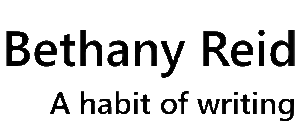Billy Wilder’s Ten Rules of Good Filmmaking
My friend Beverly sent me this list, with a note, “Works for novels, too.”
Billy Wilder’s ten rules of good filmmaking:
1: The audience is fickle.
2: Grab ‘em by the throat and never let ‘em go.
3: Develop a clean line of action for your leading character.
4: Know where you’re going.
5: The more subtle and elegant you are in hiding your plot points, the better you are as a writer.
6: If you have a problem with the third act, the real problem is in the first act.
7: A tip from Lubitsch: Let the audience add up two plus two. They’ll love you forever.
8: In doing voice-overs, be careful not to describe what the audience already sees. Add to what they’re
seeing.
9: The event that occurs at the second act curtain triggers the end of the movie.
10: The third act must build, build, build in tempo and action until the last event, and then—that’s it.
Don’t hang around.





